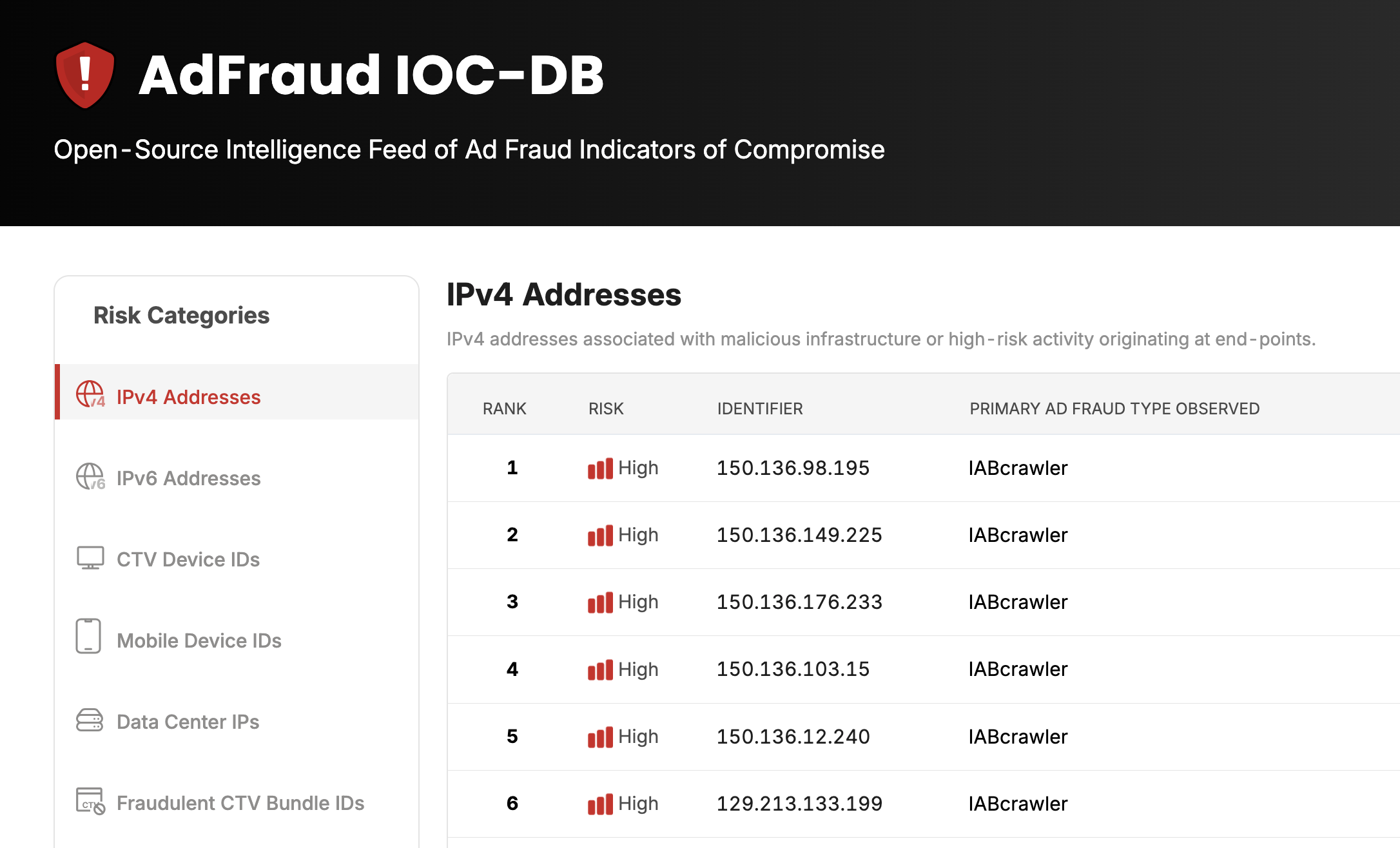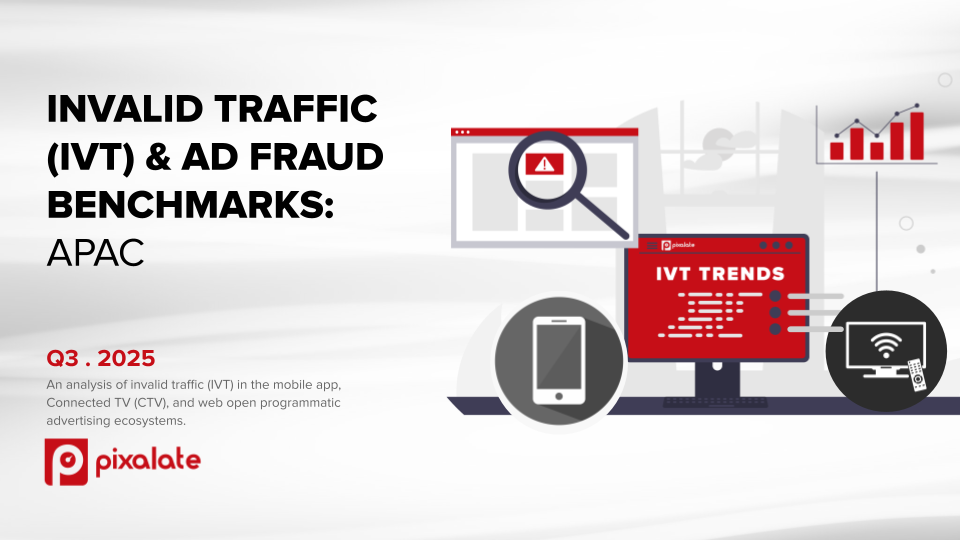Report reveals 94% of U.S. households are now reachable via programmatic CTV advertising; Roku remains dominant device type with 44% programmatic CTV ad market share
Pixalate, the market-leading fraud protection, privacy, and compliance analytics platform for Connected TV (CTV) and Mobile Advertising, today released the H1 2022 Global Connected TV (CTV) Ad Supply Chain Trends Report, a comprehensive analysis of the state of open programmatic CTV advertising through the first half of 2022.
The report provides a deep dive into open programmatic CTV ad spend trends by global region, ad fraud (or invalid traffic, “IVT”) in open programmatic CTV advertising, and trends in the Roku and Amazon Fire TV app stores.
Key Findings:
Global CTV Advertising Climbs Higher
- 94% of U.S. households reachable via open programmatic CTV ads, up from 86% in 2021.
- 31% YoY increase in global open programmatic CTV ad spend, 4X growth in 3 years.
Ad Fraud in the open programmatic CTV ad ecosystem increased YoY
- CTV ad fraud was ~20% in H1 2022, up from ~15% in H1 2021
Roku devices dominate the programmatic ad market; LG gains significant market share amongst CTV devices
- 44% of open programmatic ad spend in CTV went to Roku devices
- 237% YoY open programmatic ad market share increase for LG Devices.
North America slightly outpaces the global average for CTV Ad Spend; EMEA & LATAM see exponential growth YoY
- 32% growth YoY reported for North America, slightly above 31% global average
- EMEA saw 816% YoY growth, and LATAM accomplishes 318% YoY growth in open programmatic ad spend
What's inside the report:
Pixalate’s H1 2022 Global Connected TV (CTV) Ad Supply Chain Trends Report includes:
- CTV ad spend trends by global region
- Ad fraud in CTV
- Household reach via CTV open programmatic advertising
- CTV device trends
- Roku Channel Store and Amazon Fire TV Channel Store Insights
- Top CTV operating systems
Download a free copy of the report here: H1 2022 Global Connected TV (CTV) Ad Supply Chain Trends Report.
About Pixalate
Pixalate is the market-leading fraud protection, privacy, and compliance analytics platform for Connected TV (CTV) and Mobile Advertising. We work 24/7 to guard your reputation and grow your media value. Pixalate offers the only system of coordinated solutions across display, app, video, and OTT/CTV for better detection and elimination of ad fraud. Pixalate is an MRC-accredited service for the detection and filtration of sophisticated invalid traffic (SIVT) across desktop and mobile web, mobile in-app, and OTT/CTV advertising. www.pixalate.com
Disclaimer
The content of this press release, and the H1 2022 Global Connected TV (CTV) Ad Supply Chain Trends Report (the "Report"), reflect Pixalate's opinions with respect to factors that Pixalate believes can be useful to the digital media industry. Any data shared is grounded in Pixalate’s proprietary technology and analytics, which Pixalate is continuously evaluating and updating. Any references to outside sources should not be construed as endorsements. Pixalate’s opinions are just that, opinions, which means that they are neither facts nor guarantees. Pixalate is sharing this data not to impugn the standing or reputation of any entity, person or app, but, instead, to report findings and trends pertaining to programmatic advertising activity across CTV apps in the time period studied. Pixalate does not independently verify third-party information. Per the Media Rating Council (MRC), “‘Invalid Traffic’ is defined generally as traffic that does not meet certain ad serving quality or completeness criteria, or otherwise does not represent legitimate ad traffic that should be included in measurement counts. Among the reasons why ad traffic may be deemed invalid is it is a result of non-human traffic (spiders, bots, etc.), or activity designed to produce fraudulent traffic.” IVT is also sometimes referred to as “ad fraud.” Per the MRC, “'Fraud' is not intended to represent fraud as defined in various laws, statutes and ordinances or as conventionally used in U.S. Court or other legal proceedings, but rather a custom definition strictly for advertising measurement purposes.”






